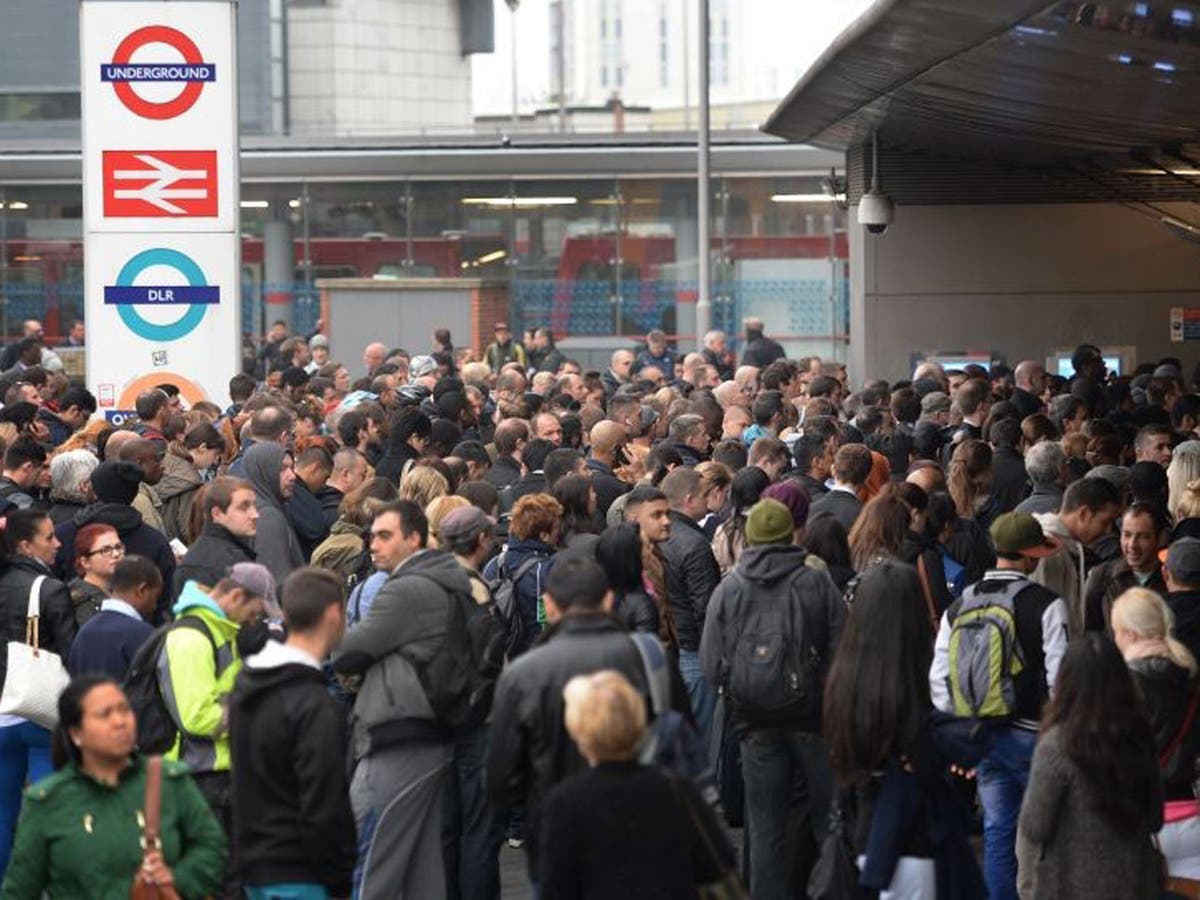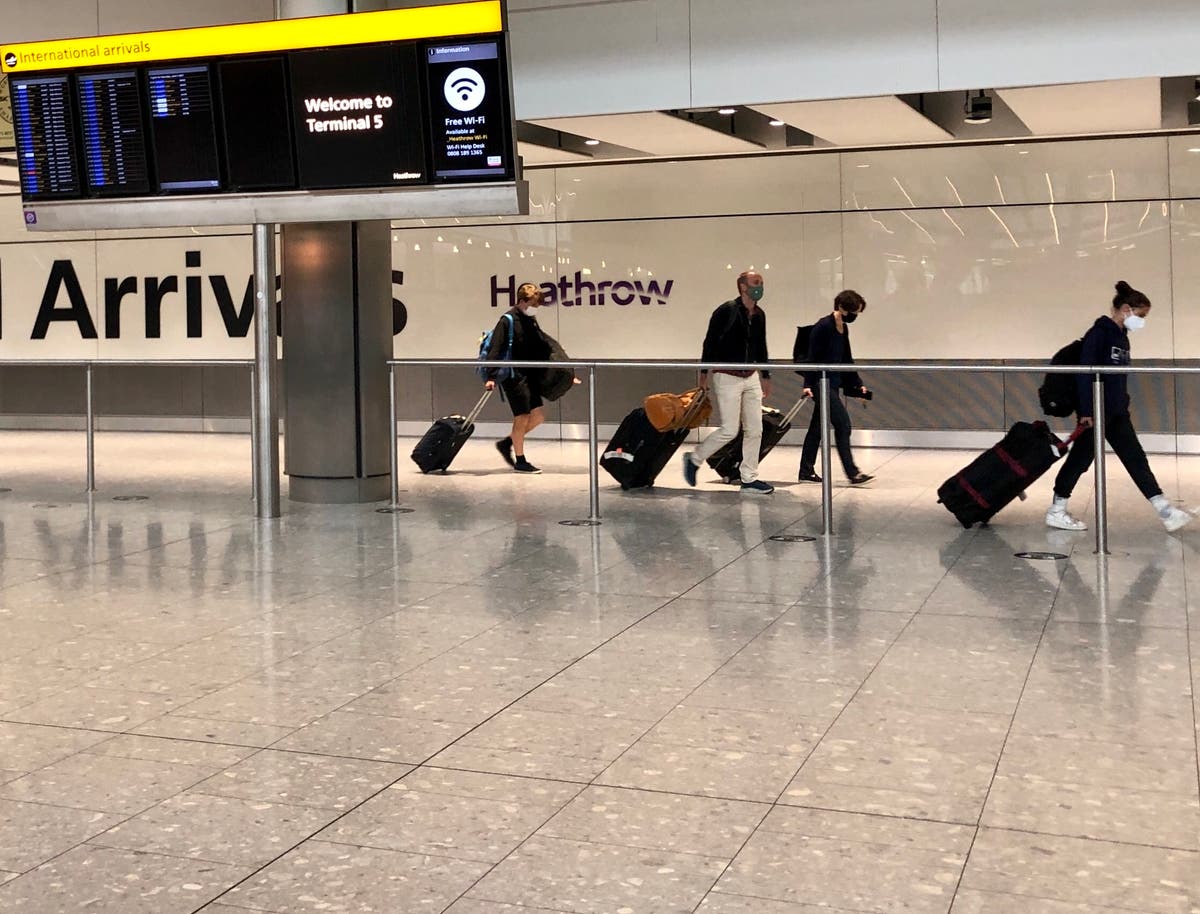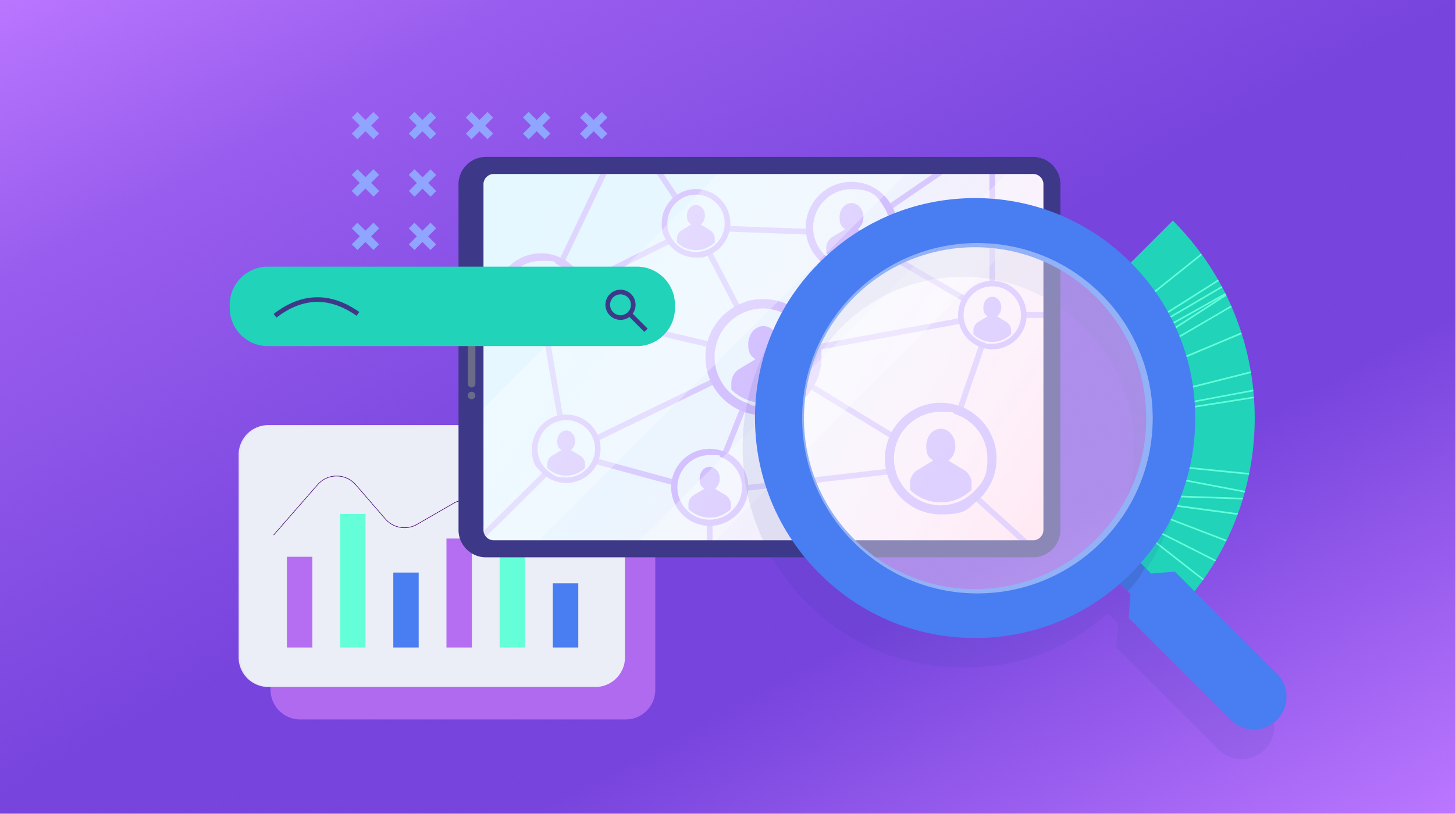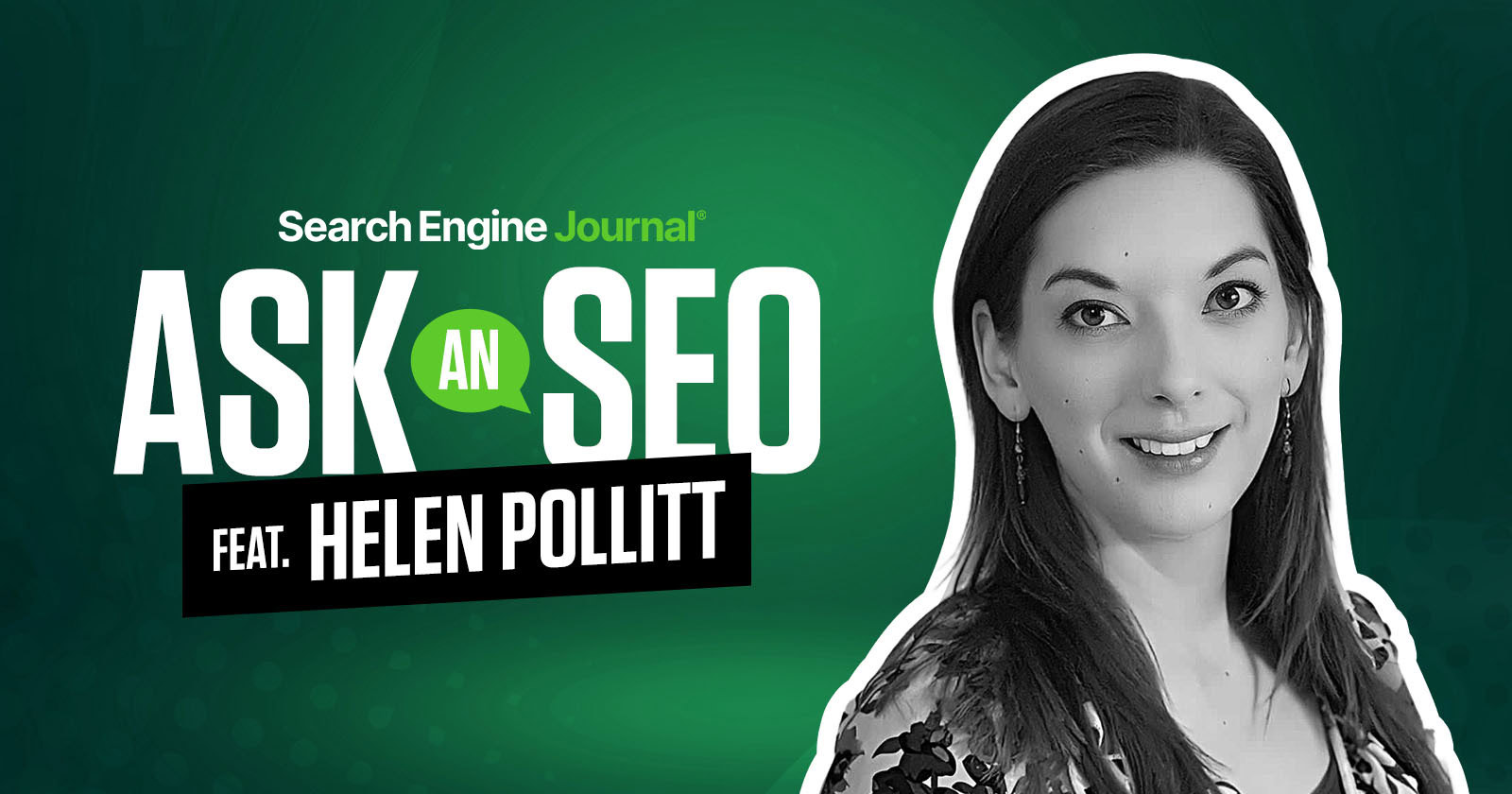You Should Try Cognitive Behavior Therapy to Treat Your Insomnia
An estimated 30 to 40% of Americans experience insomnia symptoms each year—and that was before everything went sideways. Today, those numbers are likely to be much worse, and it can be a real struggle to deal with, as it...
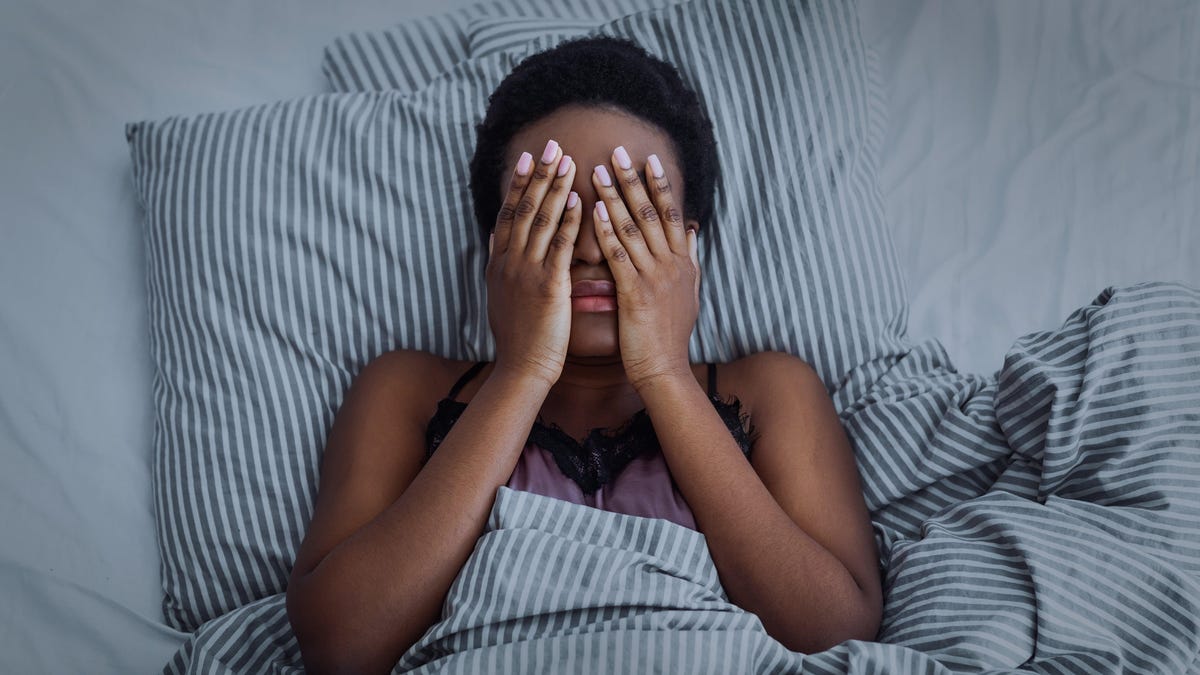

Photo: Prostock-studio (Shutterstock)
An estimated 30 to 40% of Americans experience insomnia symptoms each year—and that was before everything went sideways. Today, those numbers are likely to be much worse, and it can be a real struggle to deal with, as it impacts just about every aspect of your life. But cognitive behavioral therapy for insomnia (CBT-I) is considered the gold standard in treating insomnia, and is recommended as the first method to try—that’s because studies show that CBT-I is just as effective as medication for treating insomnia.
“It’s just as effective, but it’s more durable,” said Dr. Bhanu Kolla a psychiatrist at the Mayo Clinic who specializes in treating sleep disorders. “Once you’ve put in the work, made the effort, made the changes, the benefits accrue and persist.”
CBT-I encompasses a wide range of techniques
Insomnia is a broad condition, one that encompasses a wide range of sleep issues. Some people have trouble falling asleep, others have trouble staying asleep, while the underlying reasons for this can vary. “You have to tailor it to what your problem is,” said Dr. Temitayo Oyegbile-Chidi, a neurologist at UC Davis who specializes in sleep disorders. “For example, if you are having anxiety-related insomnia, you are going to focus on how to reduce your racing thoughts.”
With CBT-I, the focus is on getting a person to change some of their habits and thoughts surrounding sleep. “CBT-I is all about changing your mindset about insomnia or about sleep,” Oyegbile-Chidi said. This includes addressing all of those nights spent tossing and turning in bed, wondering why you can’t fall asleep, which is a component of insomnia that can be just as frustrating as the actual feeling of sleep deprivation.
One component of CBT-I includes emphasizing good sleep habits, such as making sure you have a quiet, dark, comfortable place to sleep, a regular sleep schedule, avoiding alcohol and caffeine before bed, and finding a way to unwind before going to sleep. “All of this falls under sleep hygiene,” Kolla said.
Stimulus control creates an association between the bedroom and sleep
In addition to focusing on sleep hygiene, one main technique of CBT-I is stimulus control, which helps train your mind to associate the bedroom with being asleep. This includes making it a point to get out of bed if you haven’t fallen asleep after a certain amount of time. “The more we do other things, such as watch TV, read, just lie there, anxious, the weaker that association gets,” Kolla said. “You want to make that association strong.”
The advice Kolla gives his patients is to only go to bed if you are feeling sleepy, and if you haven’t fallen asleep in 10-15 minutes, get out of bed and do something calming and relaxing, only going back when you start feeling drowsy. “Over time, unconsciously, you start associating the bed with the place you fall asleep,” he said.
Sleep restriction increases sleep efficiency and the urge to sleep
With sleep restriction, the idea is that if you wake up at 2 a.m., you stay awake until bedtime the next day, rather than staring at the ceiling, wondering why you just can’t fall asleep again. This technique helps increase sleep efficiency and sleep pressure.
Sleep efficiency is the proportion of time you spend in bed actually sleeping, rather than tossing and turning, while sleep pressure is the urge to sleep. “What you are doing is matching time spent in bed to time asleep,” Kolla said. This helps increase the association with the bedroom being the place where you sleep, while also making it easier to fall asleep at the right time.
Although it can be uncomfortable and frustrating in the beginning, the sleep pressure technique has been shown to help build the ability to fall asleep faster and stay asleep longer.
In-person therapy isn’t the only way to access CBT-I
Although it is always best to work with a sleep specialist, finding one can be a challenge, insurance won’t always pay for it, and it’s not always possible to carve out the time to do a full, intensive course. However, additional resources, such as books and online courses, have also been shown to be effective. (To start with, check out Say Good Night to Insomnia, The Sleep Workbook: Easy Strategies to Break the Anxiety-Insomnia Cyle, Somly, CBT-i Coach, and Sleepio.)
“In-person, working with a therapist, is maybe a little more effective than a book or Internet-based CBT-I, but those are all options that have been shown to be effective,” Kolla said.
Most importantly is to be consistent and to work on incorporating these changes into your lifestyle, even if you can only do a little at a time. “It’s ideal to be focused on it when you do it,” Oyegbile-Chidi said. “To make it a true habit, you’ve got to work on it slowly and surely, on a daily basis.”

 Astrong
Astrong 







